Tattoo machines are intricate devices that require precise calibration to perform at their best. At the heart of this calibration is the voltage setting, which directly influences how the machine operates. The right voltage ensures smooth needle movement and proper ink deposition, resulting in clean lines, even shading, and vibrant colors. However, there's no one-size-fits-all answer to the question, "What voltage should your tattoo machine be set at?" The optimal voltage varies based on multiple factors, including the type of machine, the style of tattoo, and even the artist's personal preference.

Basics about Tattoo Machine Voltage
What is Voltage in Tattooing?
In the context of tattoo machines, voltage refers to the electrical potential that powers the device. It's essentially the force that drives the needle up and down, allowing it to puncture the skin and deposit ink.
How Voltage Affects Tattooing
- Needle Movement: Higher voltage results in faster needle movement, while lower voltage slows it down.
- Ink Deposition: When the needle moves faster (with higher voltage), it can deposit more ink into the skin, which is often desirable for filling in large color areas. Slower needle movement (lower voltage) allows for more precision, which can be especially useful for intricate line work or shading.
- Line Quality: Steady hand control combined with the appropriate voltage setting helps in creating sharp and consistent lines. Too high of a voltage might make lines blow out, whereas too low might result in sketchy, uneven lines.
- Skin Trauma: Incorrect voltage can lead to unnecessary skin damage or inadequate ink penetration.
Biomaser U1 Wireless PMU Tattoo Machine Eyebrows & Lips
Factors Influencing Voltage Settings
Type of Tattoo Machine
Rotary machines are known for their smooth, consistent motion and often work well at lower voltages compared to coil machines. Coil machines operate with an electromagnet and may need higher voltages to drive the needles, especially when they're set up for lining since they use more powerful hits.
Needle Configuration
The number and grouping of needles in your setup affect the required voltage. More needles—as in a magnum needle grouping used for shading—typically require more power (higher voltage) to move efficiently because there's more resistance due to the increased number of needles.
Tattoo Style and Technique
Different styles of tattooing require different approaches. For instance, fine line work might require lower voltage for precision, while bolder styles that require solid fill or color packing might need higher voltages for more aggressive ink implantation.
Skin Type and Tattoo Location
The area being tattooed and the client's skin type can influence voltage needs. Tougher skin or areas with more fat might require a higher voltage to ensure proper ink penetration. Conversely, sensitive areas may need a lower voltage to minimize skin trauma.
Artist Preference
Tattoo artists often develop a sense of what voltage works best for them through experience. It’s common for artists to adjust their machine’s voltage during a session based on the feel of the machine, the skin's response to the tattooing process, and the visual feedback from how the ink is settling in the skin.
Tips for Finding the Right Voltage
Check the Manual First
Your tattoo machine came with instructions for a reason. Start by reading what the manufacturer suggests for voltage settings. Every machine is different, and the maker's tips can give you a solid foundation.
Practice Makes Perfect

Before you go inking on real skin, get some practice skins. Fake skins are great for testing out different voltage levels and seeing how they affect your technique. Try lining, shading, and filling to see how the machine behaves.
Small Tweaks Go a Long Way
When you’re tattooing, if something feels off with how the machine is running, don't make big jumps in voltage. Tiny adjustments can make a huge difference. Nudge the voltage up or down just a bit—think 0.2 to 0.5 volts at a time.
Listen to the Buzz
A tattoo machine has its own language—it hums and buzzes when it’s working well. You want to hear a steady, even sound. If it's spluttering or sounds strained, the voltage might be off.
Watch the Ink and Needle

Pay attention to how the ink flows into the skin. Is it going smoothly or are you having to go over the same area multiple times? And look at the needle movement—is it consistent, or does it seem jumpy and erratic? These clues will tell you if you need to adjust the voltage.
General Voltage Ranges for Different Tattoo Techniques
While individual needs may vary, here are some general voltage ranges for different tattooing techniques. Remember, these are general guidelines. Your specific needs may differ based on your machine, needles, and personal technique.
Lining
Fine Lines: 7.5-8.5 volts
Bold Lines: 8.5-9.5 volts
Shading
Soft Shading: 8-9 volts
Dense Shading: 9-10 volts
Color Packing
Color work often requires slightly higher voltages, typically ranging from 9-11 volts, depending on the density desired.
Black and Grey Work
Black and grey tattoos generally fall in the 8.5-10 volt range, depending on the level of saturation needed.
Portraits and Realism
Detailed work like portraits may require varying voltages, often between 8-10 volts, adjusted as needed for different effects.
Biomaser Plenilune U1 Pro Wireless Tattoo & PMU Machine With Adjustable Stroke
Adjust Voltage of Your Tattoo Machine for Perfection
While general guidelines exist, the perfect setting for you will depend on your specific equipment, tattooing style, and the unique requirements of each client and design. The key to finding your ideal voltage lies in practice, observation, and a willingness to make adjustments as needed. Start with the recommendations in this guide, but don't be afraid to fine-tune them based on your experience and results. As you continue to grow as a tattoo artist, your understanding of voltage and its impact on your work will deepen. Embrace this as part of your artistic journey, and always prioritize the quality of your work and the comfort of your clients.
FAQs:
1. Can the wrong voltage damage the tattoo machine?
While modern tattoo machines are generally robust, consistently using the wrong voltage can lead to premature wear and potentially damage internal components over time.
2. How often should the voltage be adjusted during a session?
This varies, but many artists make small adjustments throughout a session based on factors like the area being tattooed, needle wear, and skin response.
3. How does voltage relate to hand speed in tattooing?
Generally, higher voltage allows for faster hand movement, while lower voltage might require slower, more deliberate strokes. However, this relationship also depends on your individual technique and comfort level.
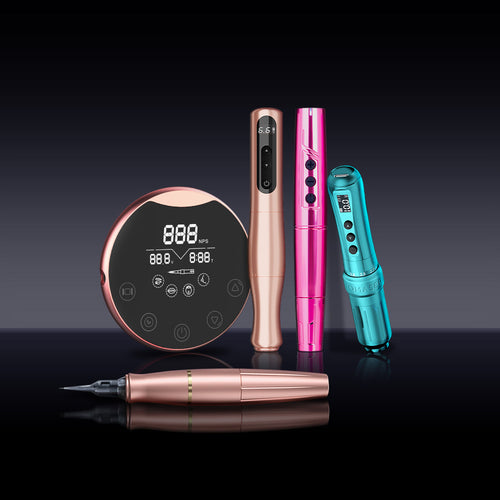
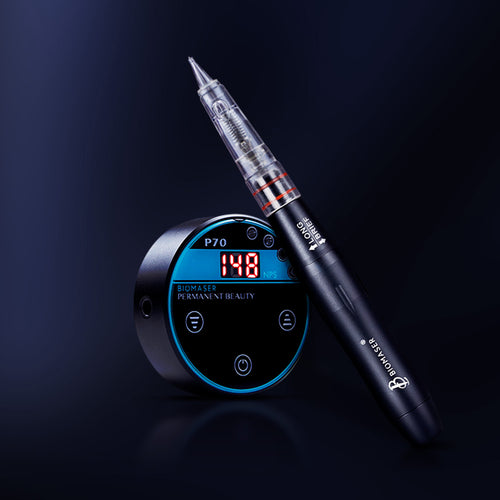
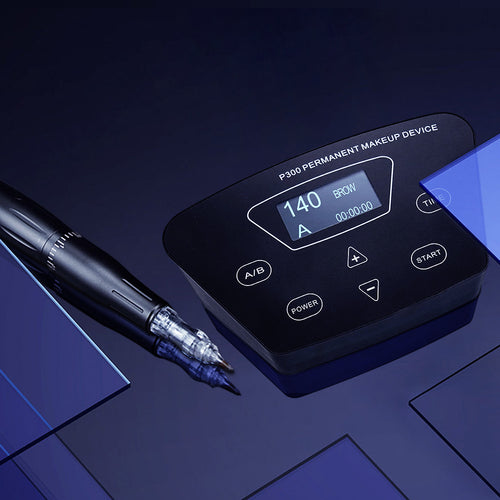
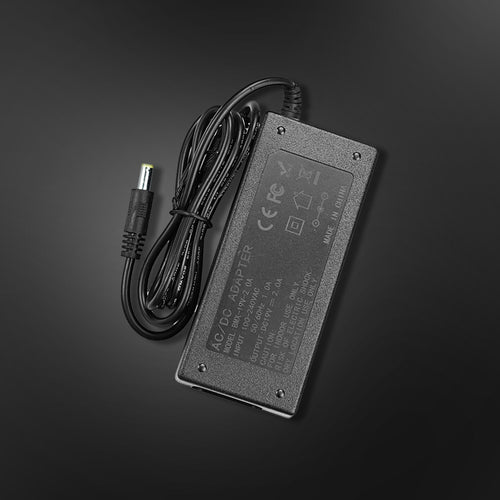
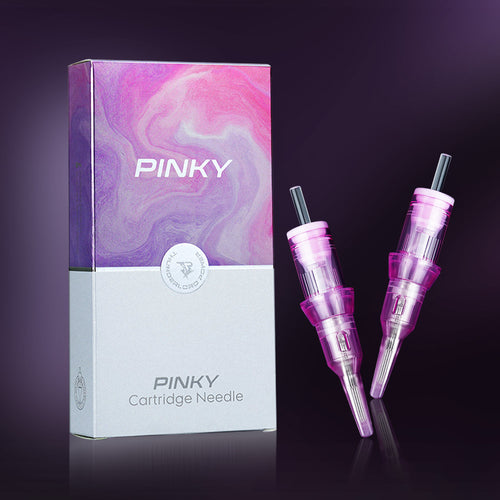
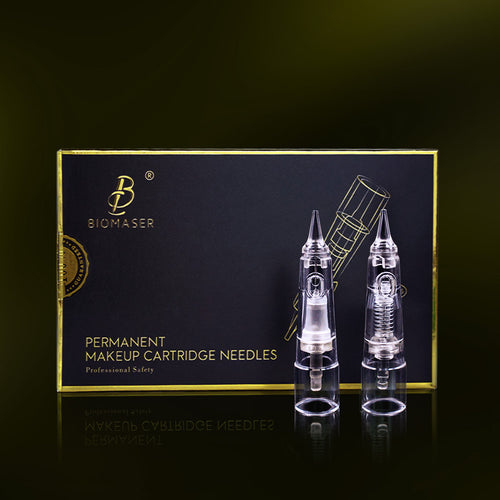
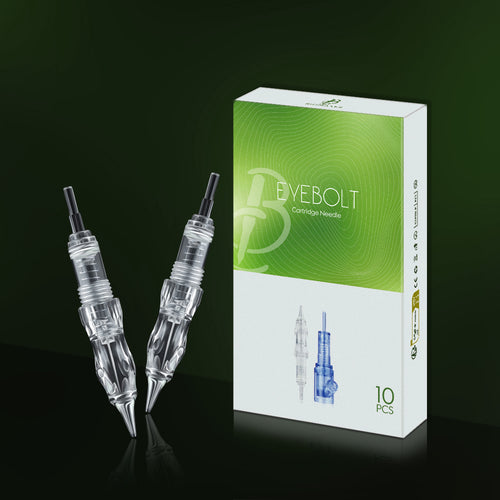

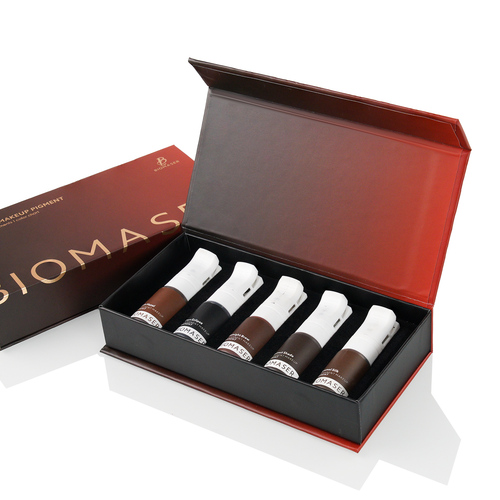
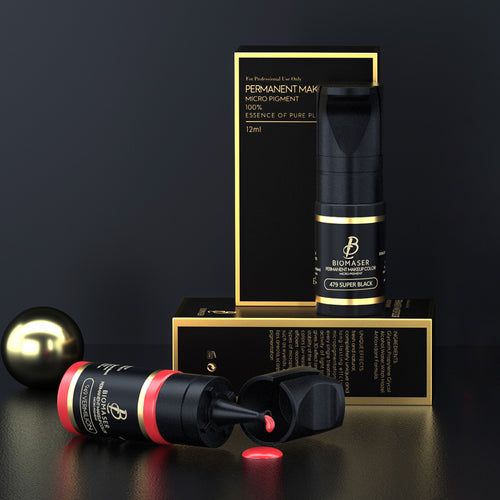
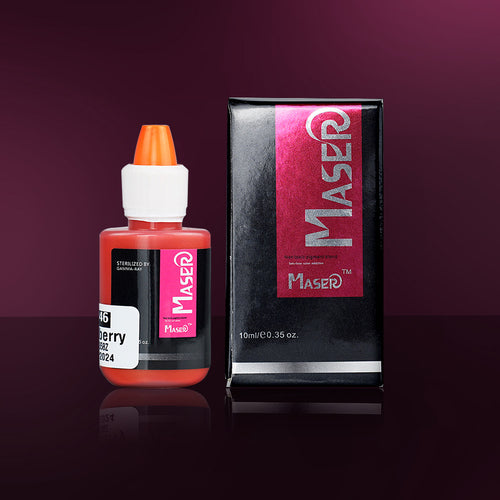
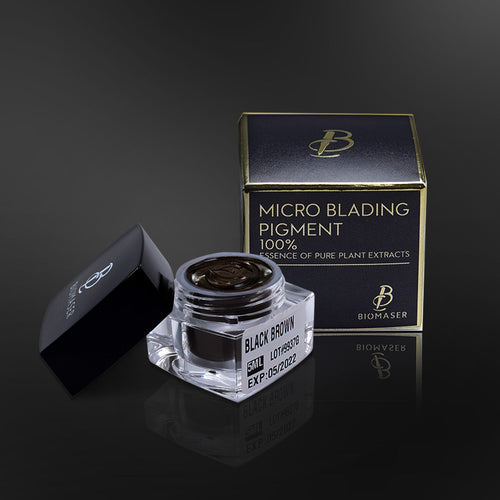
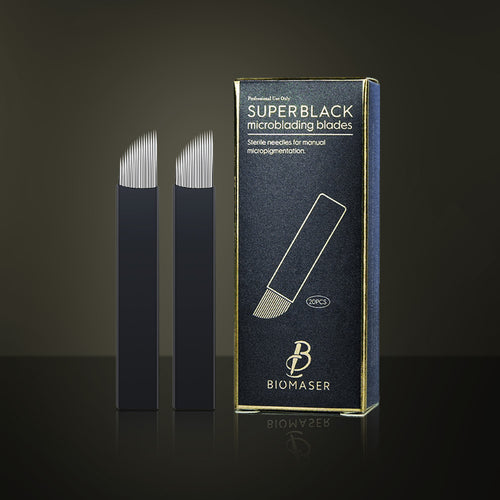
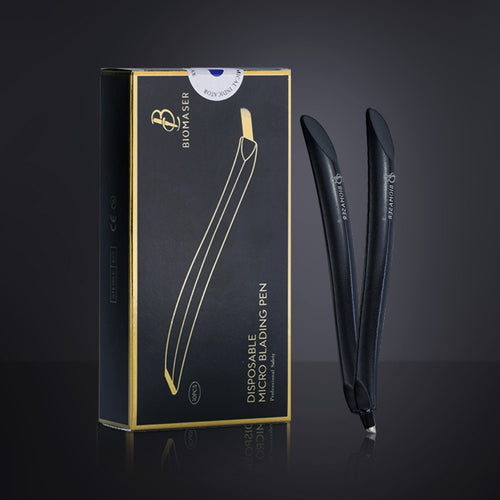
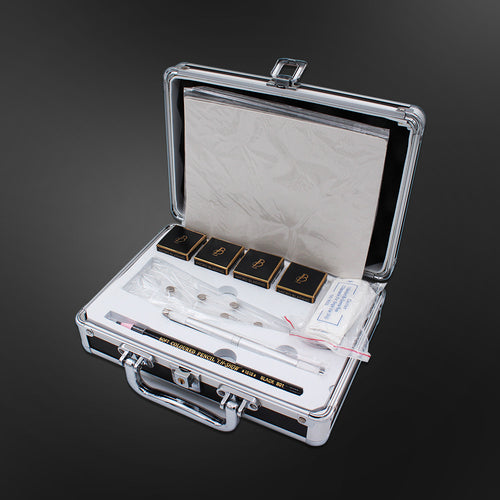
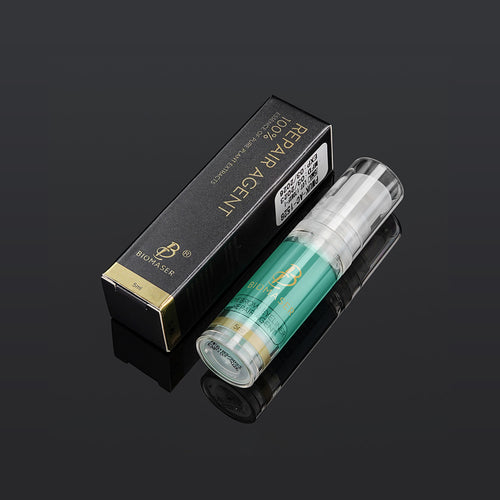
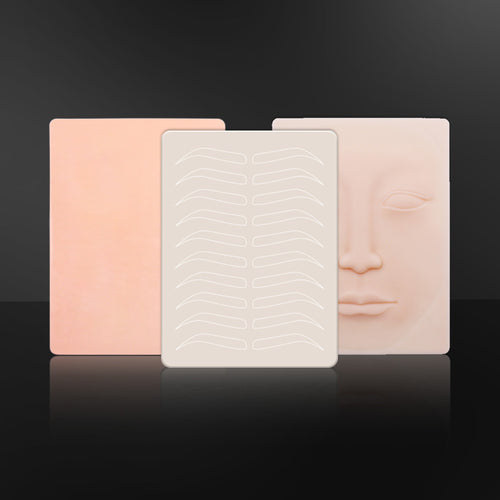
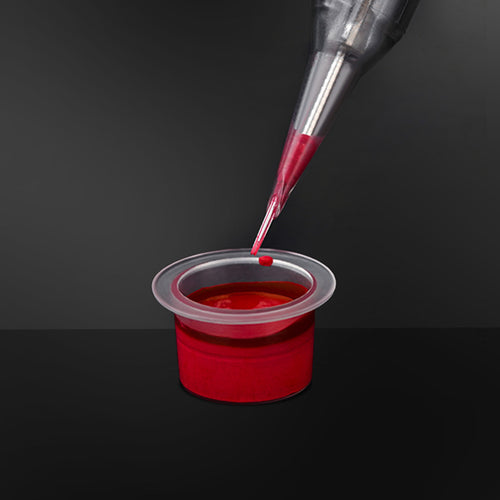
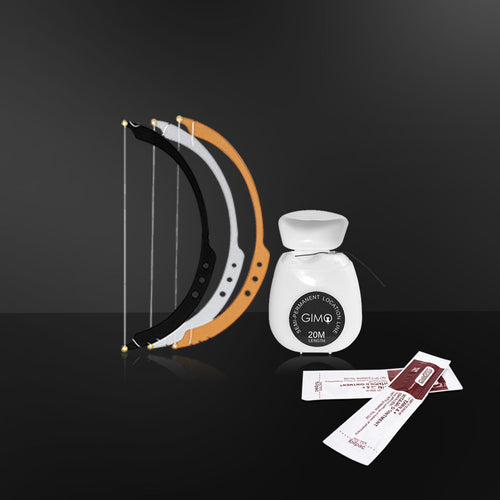
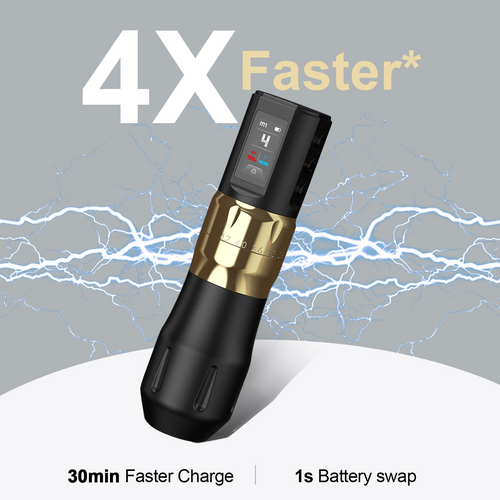
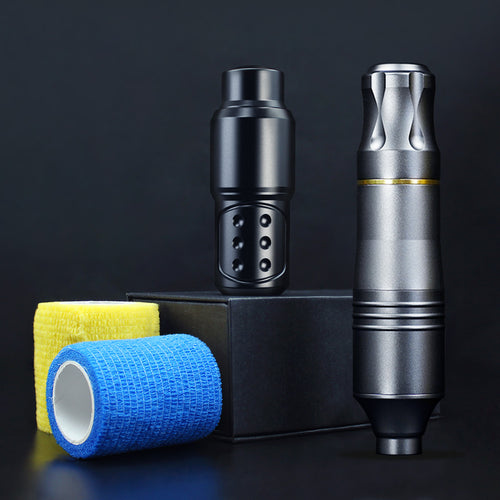
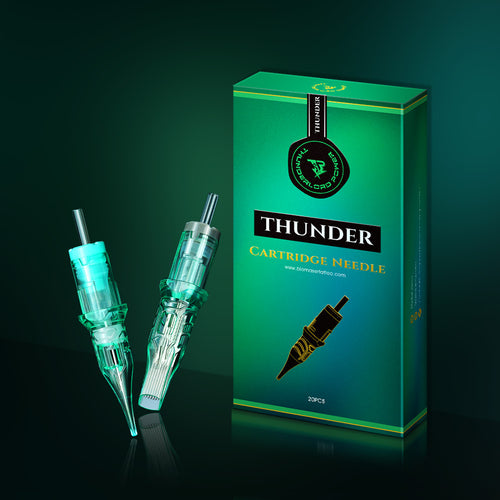
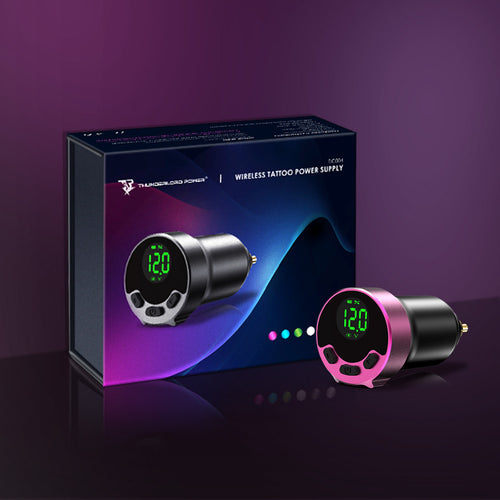
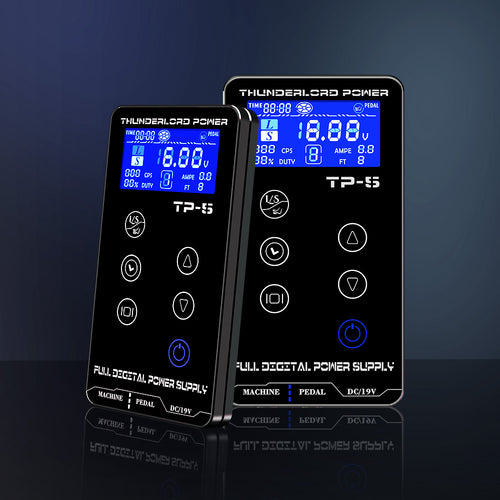
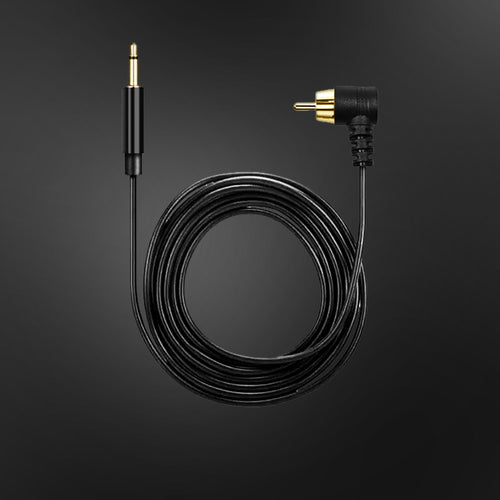
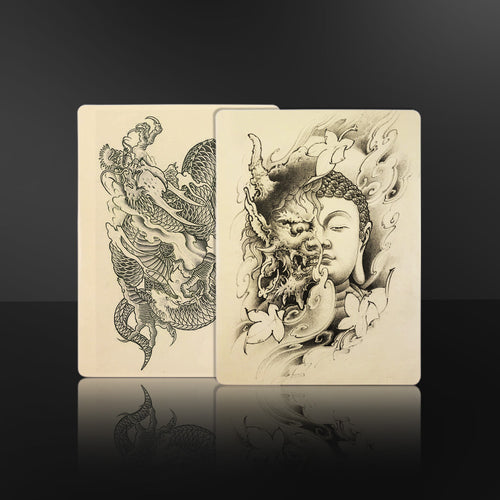
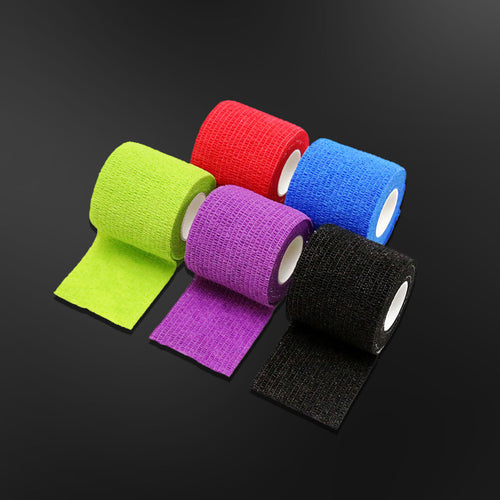
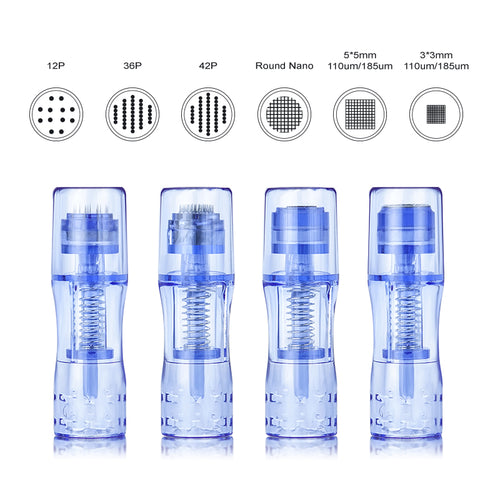
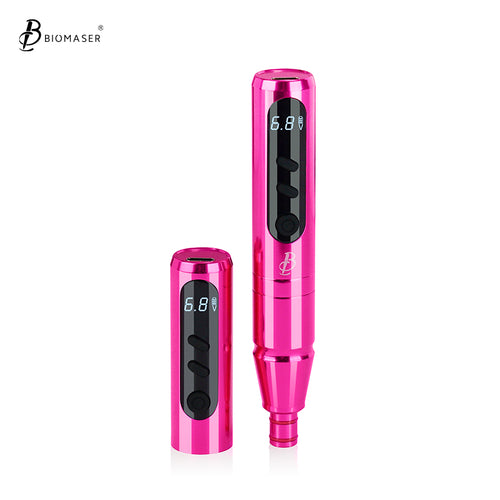
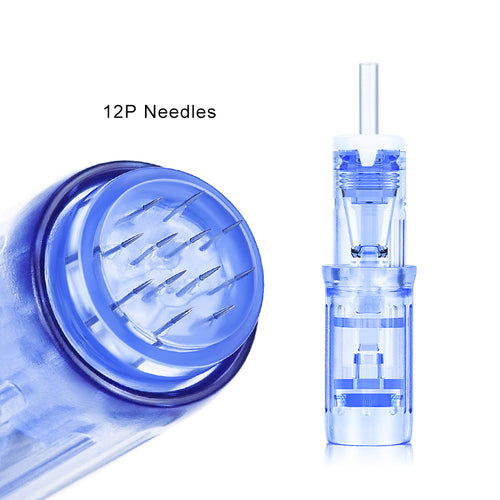
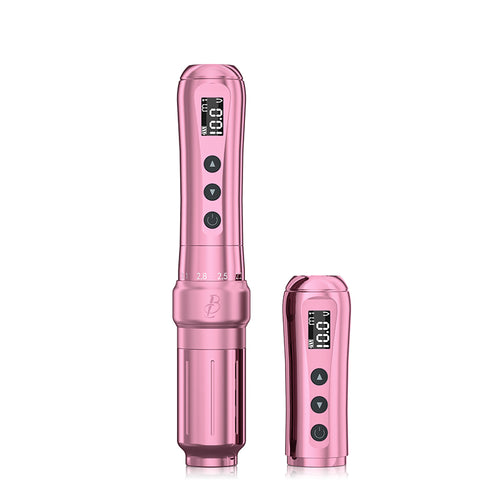
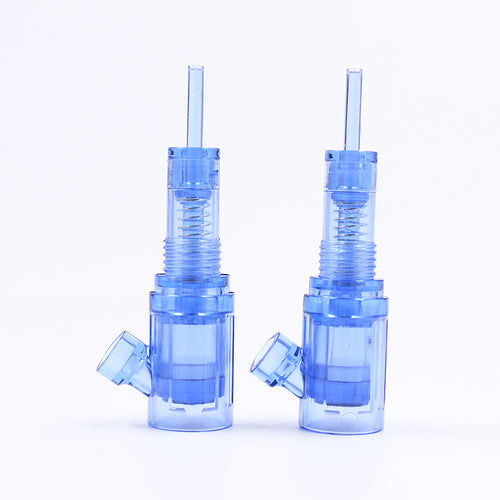
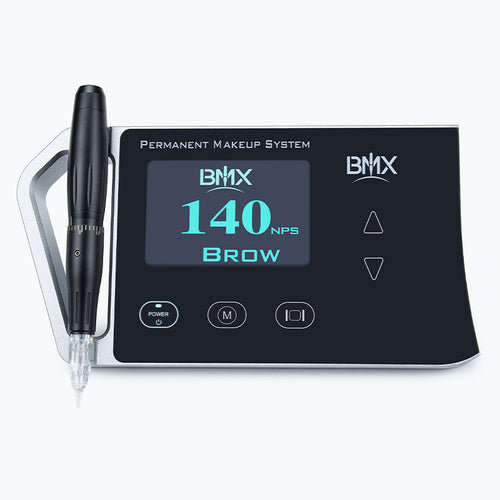
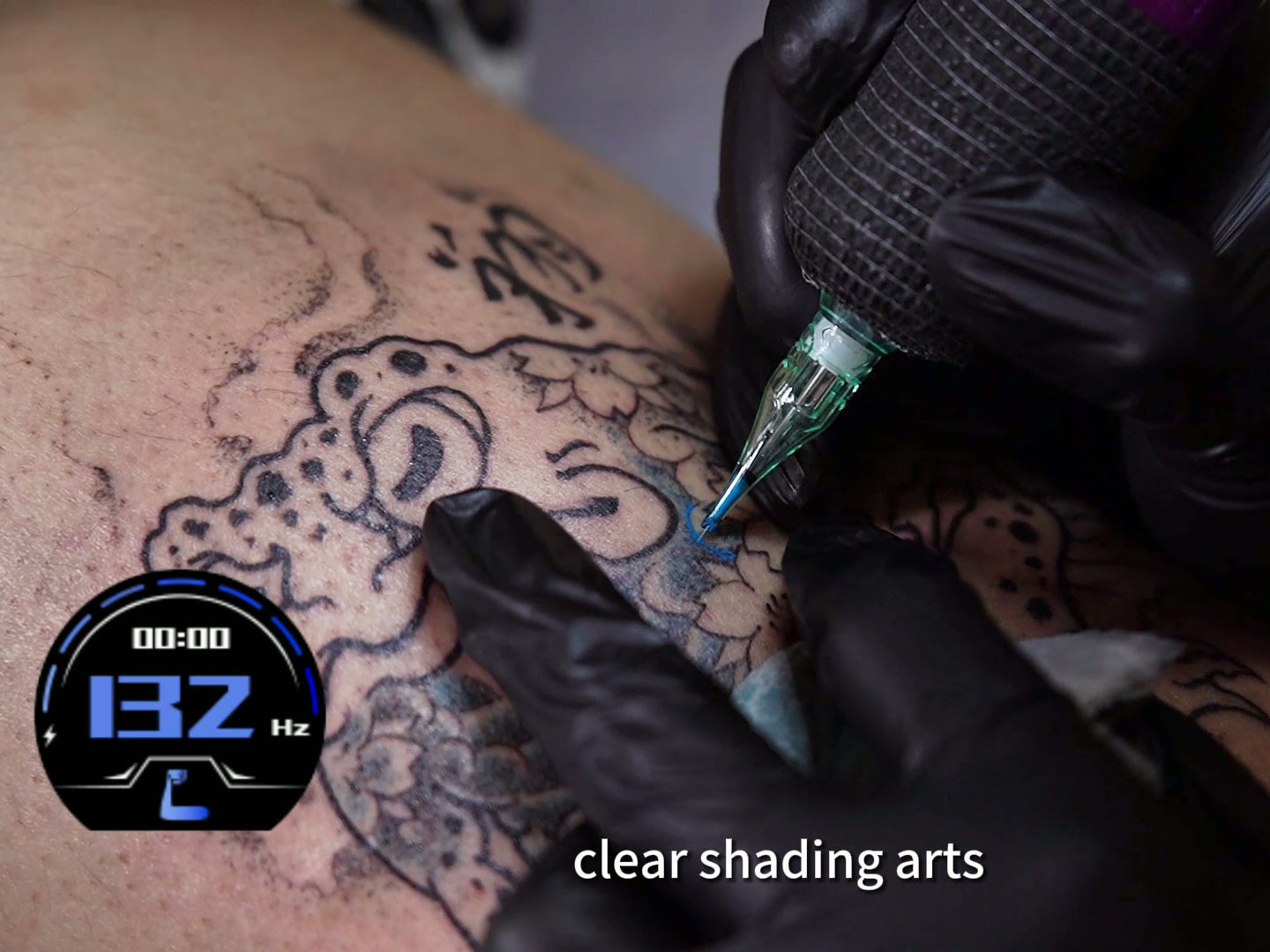
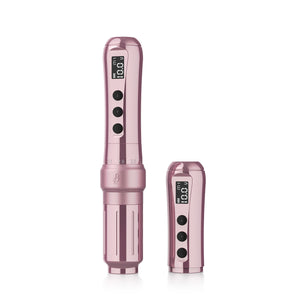
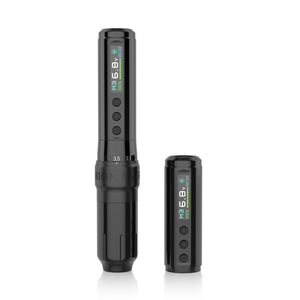
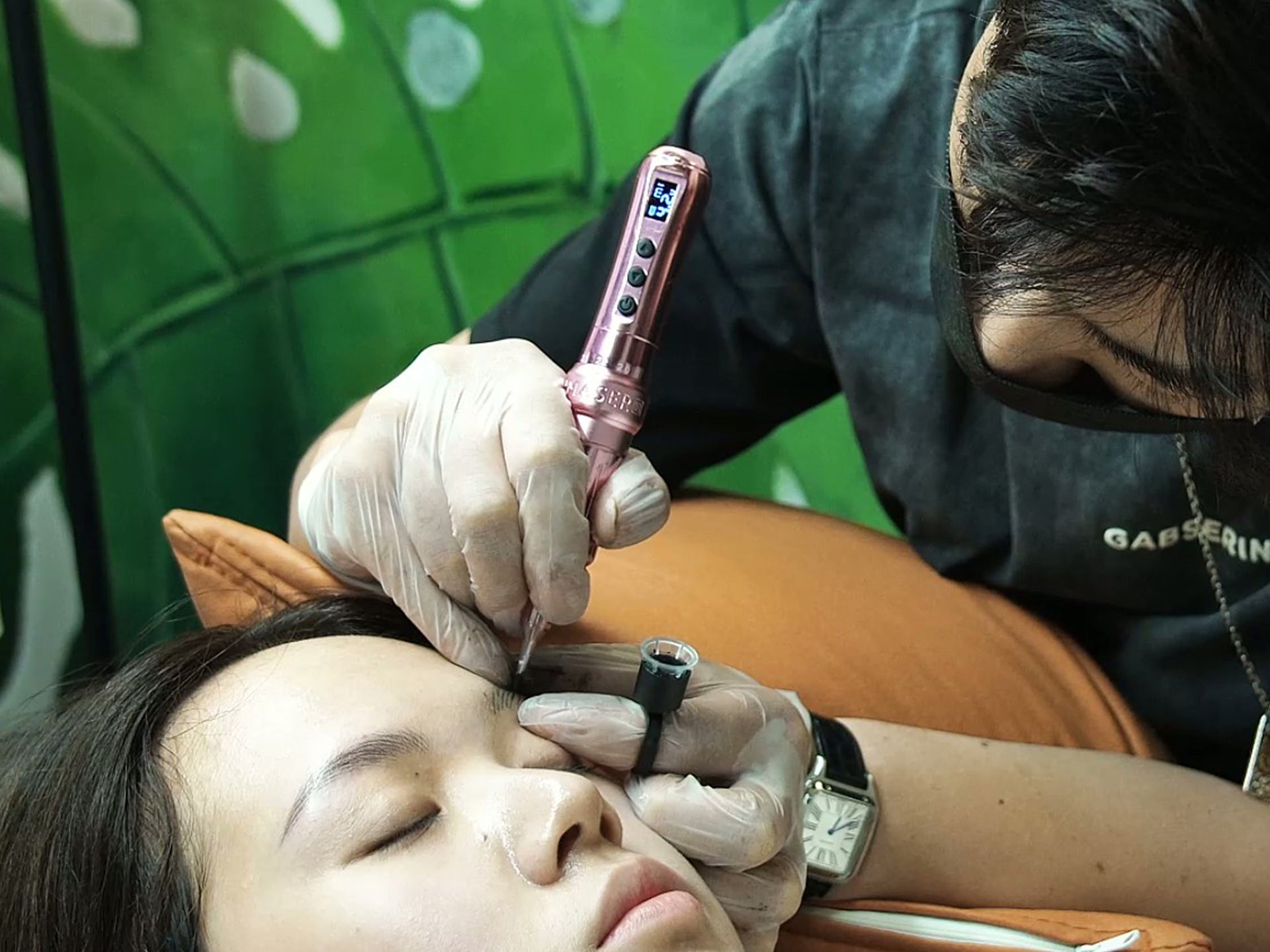
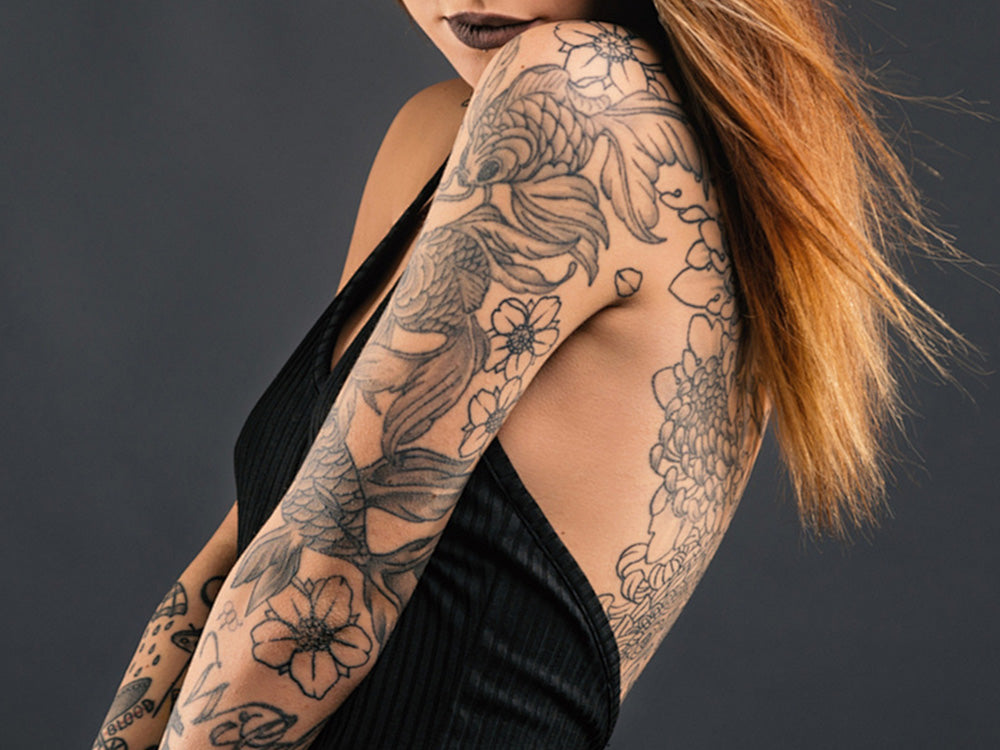
Leave a comment
Este site está protegido pela Política de privacidade da hCaptcha e da hCaptcha e aplicam-se os Termos de serviço das mesmas.